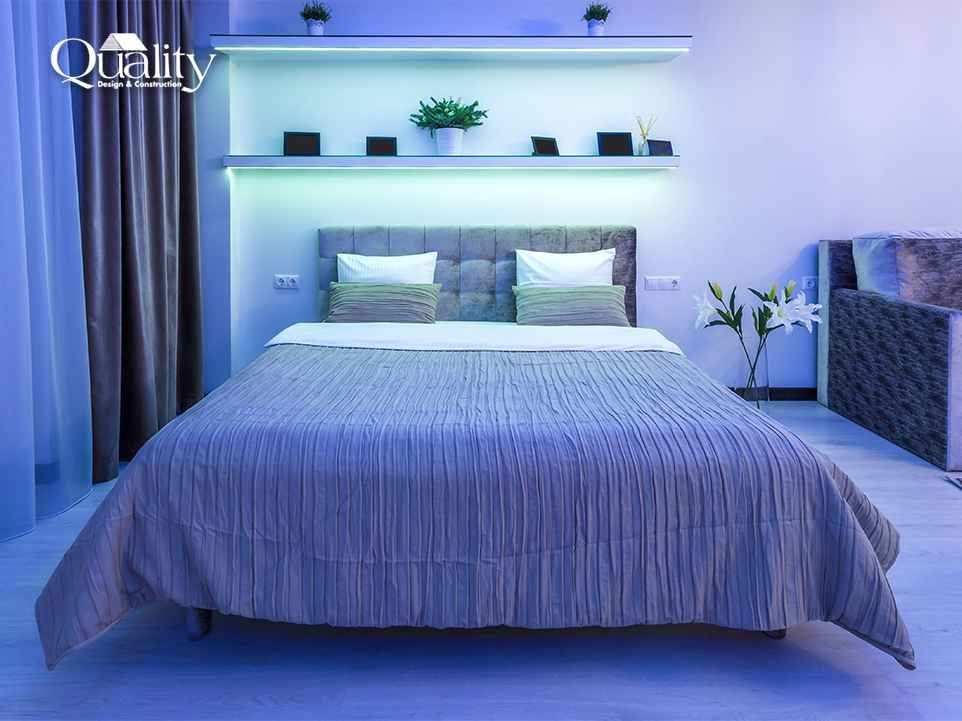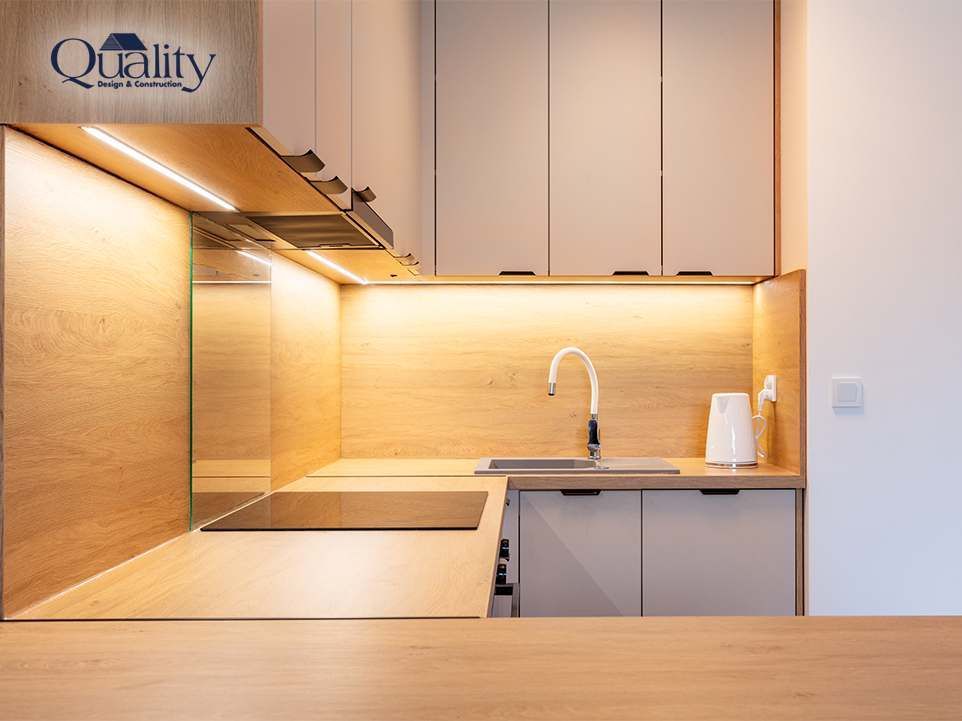Cozy Bedroom Lighting Ideas for Better Sleep

A bedroom is not just another room in your house. It’s your personal space. It’s the place you turn to after a long, exhausting day. Regardless of whether you’re tired from the daily grind or just need to escape from the noise of the world, your bedroom offers peace, comfort, and relaxation.
To truly feel at peace and sleep better , creating the right environment is important. And one of the most underrated yet powerful aspects of this environment is lighting.
Why Bedroom Lighting is So Important?
Lighting plays a big part in changing the mood of your bedroom . Picture this: you walk into your room after a tiring day, change into comfy clothes, and turn on a soft, warm lamp beside your bed. The gentle light makes you feel calm and ready to relax. It tells your body that the busy part of the day is over.
Now think about switching on a bright white ceiling light instead. It feels too strong, like you’re still in the office or a store. That kind of light makes it harder for your body to relax and fall asleep.
That’s why it’s important to choose the right lighting for your bedroom. Soft and warm lights help you relax, signal your body to rest, and make your room feel cozy. Good lighting can turn your bedroom into a calm space where you can fully unwind.
Cozy Lighting Ideas for Better Sleep
Wondering what lighting is best for your bedroom to get better sleep? Don’t worry. We have put together some of the best lighting ideas that you can use to make your bedroom a cozy, aesthetic, and sleep-friendly place.
Ambient Lighting
Your bedroom needs a soft, warm glow as its foundation. Ambient lighting gives general light without being too harsh. It helps create a relaxing environment suitable for winding down.
- Use dimmable ceiling lights or wall sconces to control brightness levels before bed.
- Choose warm bulbs with a color temperature around 2700 K to simulate the natural light of dusk.
Task Lighting
Sometimes you need focused light for specific activities like reading, journaling, or getting dressed. Task lighting provides this targeted brightness without overwhelming the space.
- Bedside table lamps with adjustable heads are great for reading.
- Wall-mounted sconces or pendant lights beside the bed save space and add charm while remaining practical.
Accent Lighting
Accent lighting helps you add visual interest and a touch of personality to your bedroom. It improves the coziness and depth of the room.
- Install LED strip lights under your bed or behind the headboard for a floating effect.
- Add fairy lights or battery-operated candles for a soft, decorative glow that doesn’t interfere with sleep.
Layered Lighting Scheme
Combining ambient, task, and accent lighting gives you full control over the ambiance of your bedroom. It also allows you to adjust lighting based on time of day and mood.
- Start with ambient lighting as your base.
- Add task lighting where needed.
- Finish with accent lights to soften the mood and personalize the space.
Light Color and Temperature
The color and temperature of the lighting significantly impact your sleep cycle. Cooler tones can make you feel alert, while warmer tones help you relax.
- Stick to warm white light (under 3000 K) in the evening.
- Avoid blue-rich lights as they can suppress melatonin, the hormone responsible for sleep.
- If you use a nightlight, choose one with a dim red or amber hue to minimize disruption to your sleep rhythm.
Conclusion:
Creating a cozy bedroom that promotes restful sleep is easier than you might think. With the right mix of ambient, task, and accent lighting, and careful attention to light temperature, your bedroom can become a peaceful retreat.
However, if you want expert insight, feel free to contact us . We have remodeling experts who can help you make a better decision for your bedroom lighting.
FAQs
What bulb temperature is best for bedroom lighting?
Warm bulbs under 3000 K, ideally around 2700 K, are best for creating a relaxing and sleep-friendly atmosphere.
How soon before bed should I dim the lights?
Begin dimming lights 30 to 60 minutes before bedtime to signal your body that it’s time to sleep.
Can smart lighting help with better sleep?
Yes. Smart lighting systems can simulate sunset and allow you to schedule dimming, helping your body follow a natural sleep rhythm.
The post Cozy Bedroom Lighting Ideas for Better Sleep appeared first on Residential & Light Commercial.


